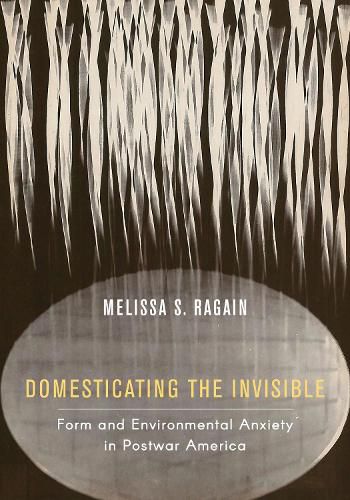Readings Newsletter
Become a Readings Member to make your shopping experience even easier.
Sign in or sign up for free!
You’re not far away from qualifying for FREE standard shipping within Australia
You’ve qualified for FREE standard shipping within Australia
The cart is loading…






Domesticating the Invisible examines how postwar notions of form developed in response to newly perceived environmental threats, in turn inspiring artists to model plastic composition on natural systems often invisible to the human eye. Melissa S. Ragain focuses on the history of art education in Cambridge, Massachusetts, to understand how an environmental approach to form inspired new art programs at Harvard and MIT. As they embraced scientistic theories of composition, these institutions also cultivated young artists as environmental agents who could influence urban design and contribute to an ecologically sensitive public sphere. Ragain combines institutional and intellectual histories to map how the emergency of environmental crisis altered foundational modernist assumptions about form, transforming questions about aesthetic judgment into questions about an ethical relationship to the environment.
$9.00 standard shipping within Australia
FREE standard shipping within Australia for orders over $100.00
Express & International shipping calculated at checkout
Domesticating the Invisible examines how postwar notions of form developed in response to newly perceived environmental threats, in turn inspiring artists to model plastic composition on natural systems often invisible to the human eye. Melissa S. Ragain focuses on the history of art education in Cambridge, Massachusetts, to understand how an environmental approach to form inspired new art programs at Harvard and MIT. As they embraced scientistic theories of composition, these institutions also cultivated young artists as environmental agents who could influence urban design and contribute to an ecologically sensitive public sphere. Ragain combines institutional and intellectual histories to map how the emergency of environmental crisis altered foundational modernist assumptions about form, transforming questions about aesthetic judgment into questions about an ethical relationship to the environment.